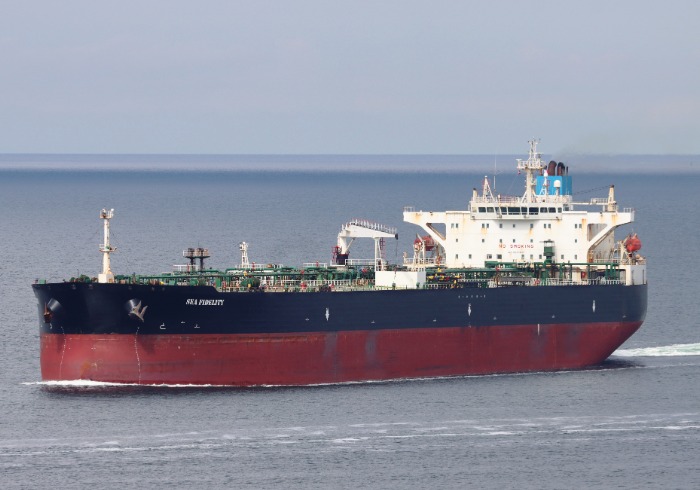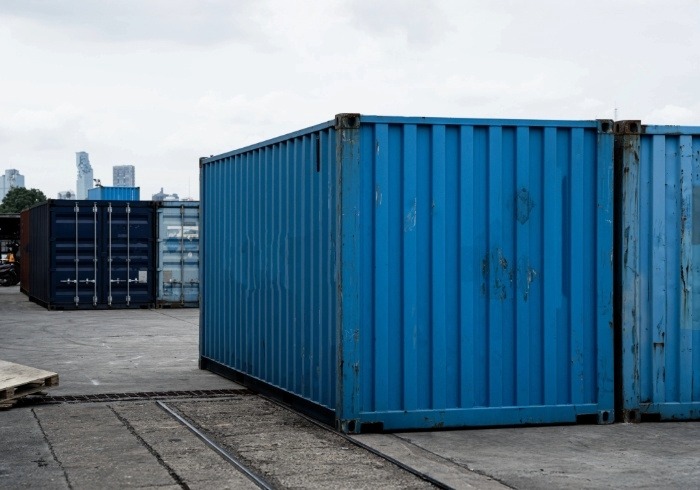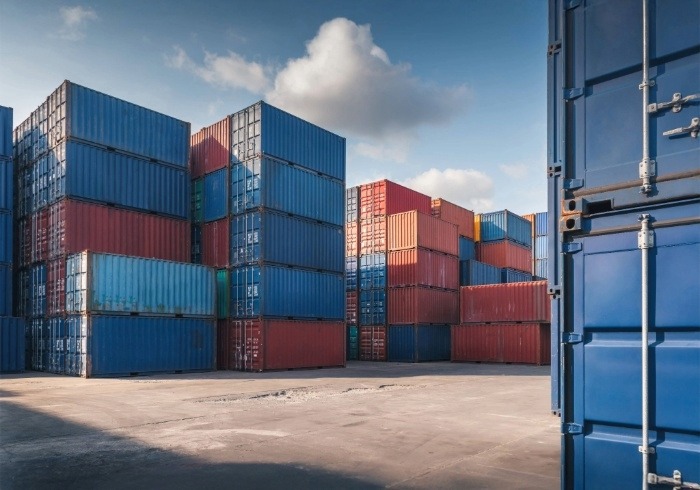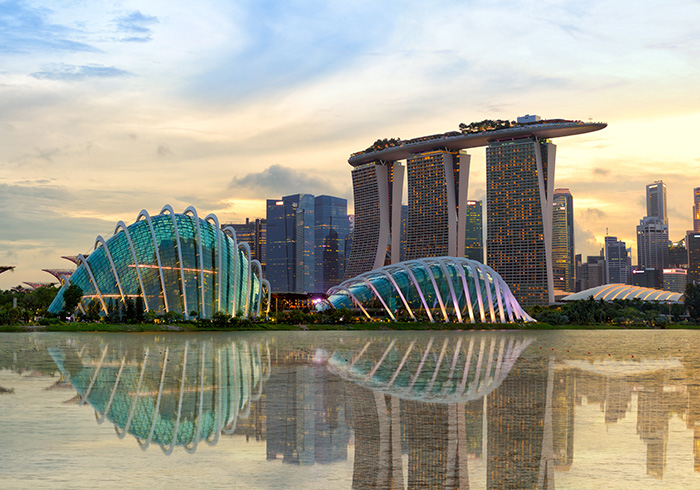The Danish export credit agency is anticipating a strong year in the global wind sector and eyeing deals across Europe, Asia and the Americas. However, officials acknowledge President Donald Trump’s return to the White House could impact its pipeline in the US.
The Export and Investment Fund of Denmark (EIFO) has already closed three large transactions in early 2025, backing financing worth over US$1.5bn.
Last month it guaranteed a US$420mn financing for a wind farm in Ukraine and also secured a US$500mn term loan for Engie, which will support the use of Vestas technology across multiple wind projects.
“We are seeing a lot of business activity,” Peter Boeskov, EIFO’s chief commercial officer for large corporates, tells GTR.
“2024 was a very back-ended year, in the sense that we had lined up a lot of transactions and they were a little bit slow in signing and closing, but December was phenomenally active for EIFO.”
Boeskov says the “pipeline for the rest of the year is very good”.
“It is a mix of wind projects, corporate transactions for wind, and then also transactions in Denmark’s non-wind-related manufacturing industry…. I look into 2025 with great optimism. Business looks to be very promising.”
Denmark is a dominant player in the offshore wind sector through national giants such as project developer Ørsted and wind turbine manufacturer Vestas.
As a result, EIFO’s portfolio is heavily weighted towards the industry. Its support is often vital in mitigating risks such as fluctuating wind generation or political uncertainties, thereby facilitating long-term bank financing.
European wind markets have been a source of booming activity for Danish companies, particularly in the UK and, more recently, Poland.
Taiwan is another market where EIFO has built up significant exposure in the past decade, and where it continues to strike deals. In December, the agency issued cover worth DKr1bn for the Changhua 4 wind farm.
Korea is an interesting market given the “large development” taking place off its shores, Boeskov says.
Meanwhile, the US is another potential hub of activity both for Danish wind exporters and EIFO, yet there is some uncertainty given President Trump’s stated opposition to the previous administration’s energy transition policy.
“There are some [offshore] projects on the East Coast that were scheduled to reach financial close in the first half of 2025, but now we have to see if there is an impact,” Boeskov says.
“Obviously they [the project sponsors] are awaiting signals from the [new] administration,” he tells GTR. “It all depends on the Trump administration’s attitude to offshore wind.”
US uncertainty
Efforts to develop the US’ offshore wind market have moved slowly in recent years, hampered by supply chain constraints and inflation.
Developers such as Ørsted must now contend with a US president who is a vocal critic of offshore wind technology and is instead promoting a policy of “drill, baby, drill” for US oil and gas.
On his first full day in office, President Trump suspended all new federal leases for offshore wind farms pending an environmental and economic review. While signing executive orders, he described turbines as “ugly”.
In a policy memo, research and business intelligence company Rystad Energy forecasts that Trump’s pause on federal leasing will have little effect on the 2.4GW of advanced-stage offshore wind developments that have reached final investment decision and are under construction.
But it notes there are risks for projects at an earlier stage of development.
“In essence, the chances of any new offshore wind developments in the US are zero for now,” says head of new energies research at Rystad, Artem Abramov.
“Moderate risk amid the unfavourable investment climate is present for 10.5GW of projects which secured necessary permits but have not reached investment decisions. The remaining 25GW of early-stage projects are unlikely to see any progress under the current administration.”
Trump’s policies are compounding issues for offshore wind developers in the US, where the market remains nascent, with only four operational wind farms. Among them is Vineyard Wind 1, which was temporarily shut down in July 2024 after a blade shattered and fell into the ocean.
Ørsted’s shares plunged by 17% on the back of Trump’s policy memo, which coincided with its January 21 announcement of a US$1.69bn impairment charge related to its US assets.
A key impairment was tied to its Sunrise Wind project off the New York coast, which, once built, promises to be the largest offshore wind farm in the US.
Last month, Ørsted said it expected delays in turbine installation and increased costs.
“The impairments announced today, and especially the continued construction challenges, are very disappointing,” said the company’s group president and CEO Mads Nipper.






